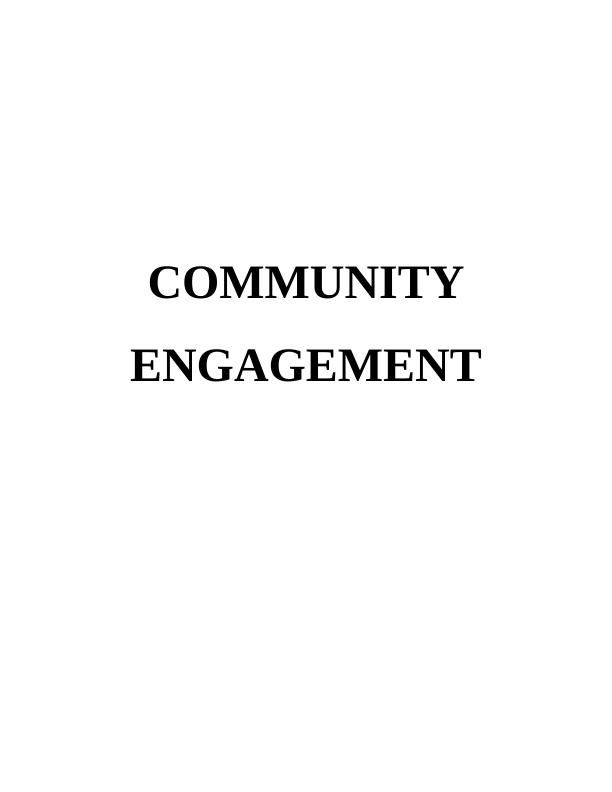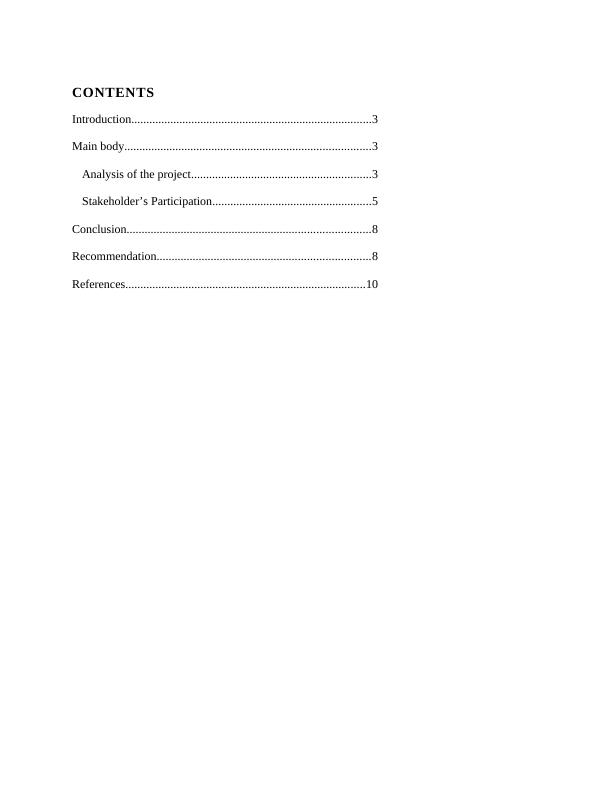Community Engagement: Analysis, Stakeholder Participation, and Recommendations
Added on 2023-01-03
10 Pages2516 Words24 Views
End of preview
Want to access all the pages? Upload your documents or become a member.
Building a Just Global Community: UNESCO's Contribution to the Common Good
|1
|531
|330
Civil Law
|5
|909
|58
Influence of Government and Policies on Tourism Sector
|15
|1028
|264
Challenges Faced by Indigenous Communities in Australia
|8
|1648
|167
Ethics, Responsibility & Sustainability
|19
|5273
|89
Understanding Social Inclusion: Definition, Historical Events, and Current Ethical and Legislative Aspects
|8
|1716
|498



